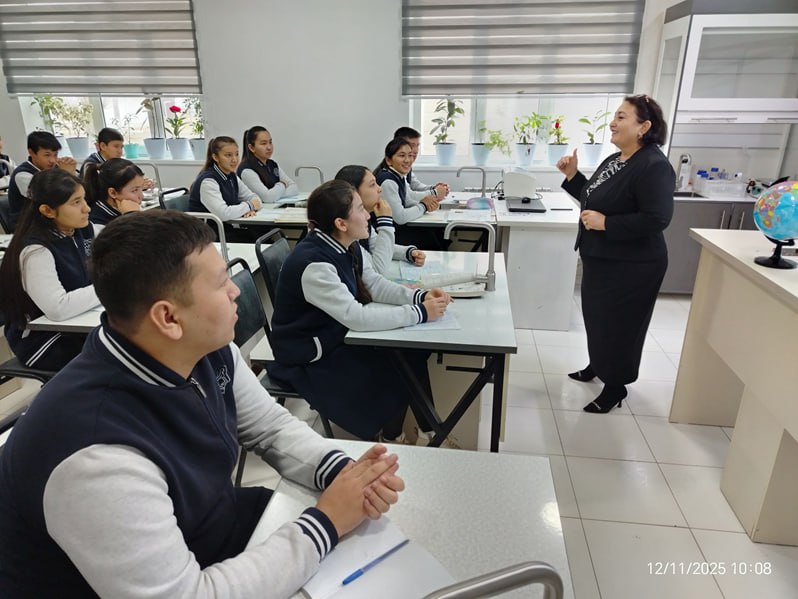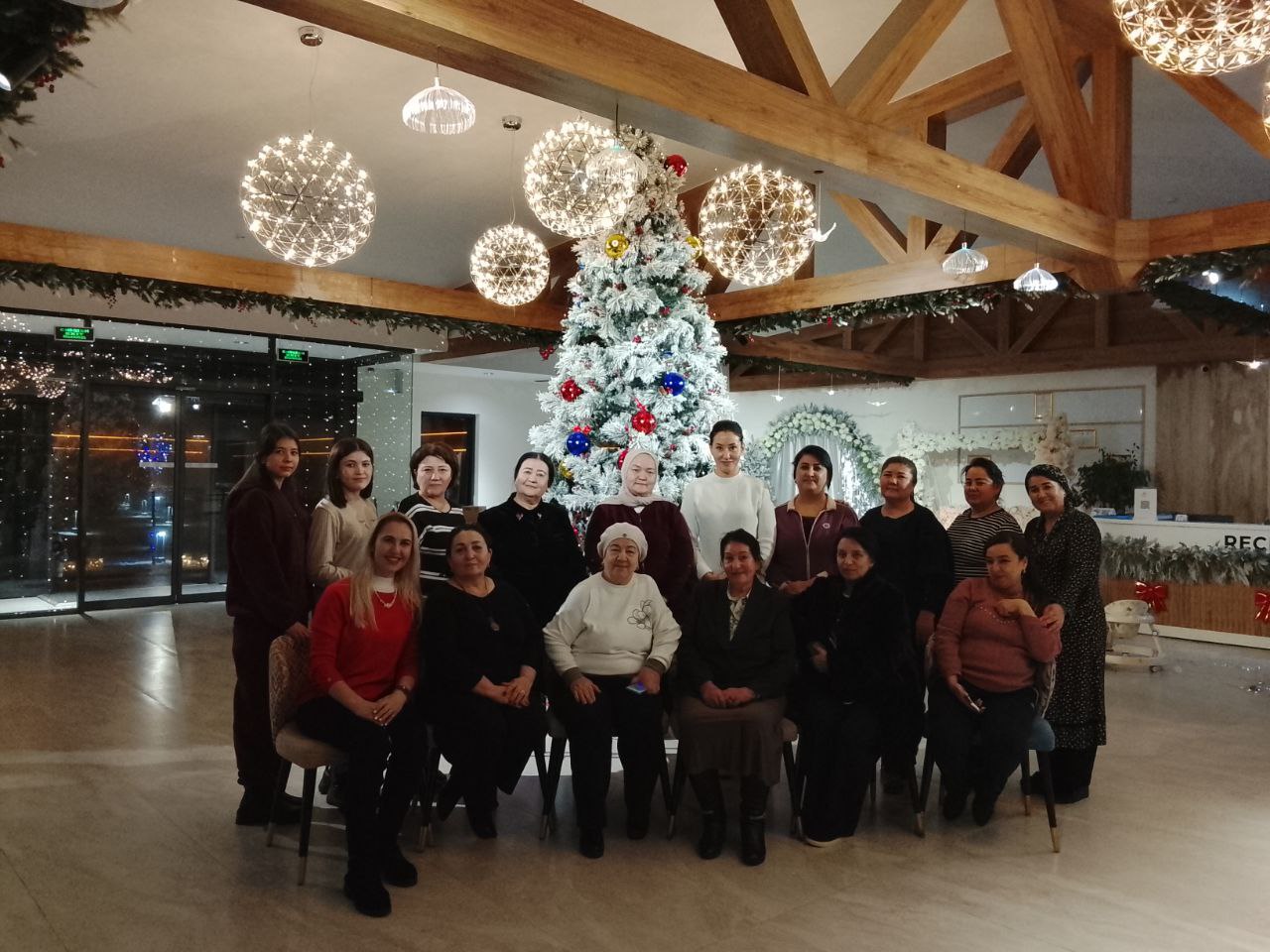Scientific articles
- All
- Eco-active students
- Career Center
- Step into the Future
- Anti-corruption
- Neighborhood and university
- It's a dream come true for teachers
Scientific articles
|
27/05/2023
Print
(O`zbek) EFFECTIVE METHODS FOR TEACHING READING IN ENGLISH CLASSES
Popular in other categories

The second stage of the “Bookworm Student” competition, established on the initiative of the university rector, has taken place. The first stage was a test...

Within the framework of the memorandum signed between Jizzakh State Pedagogical University and Sharof Rashidov District Specialized School, a number of measures to develop cooperation...

A collective leisure event for professors and teachers was held on the initiative of the Rectorate and the Trade Union of Jizzakh State Pedagogical University.


